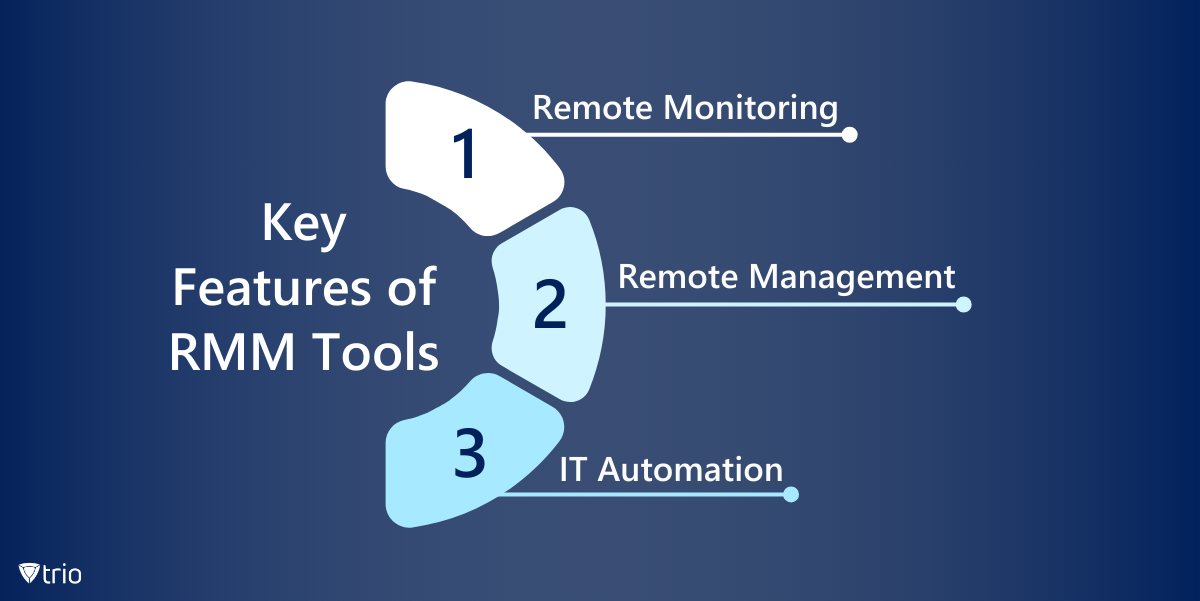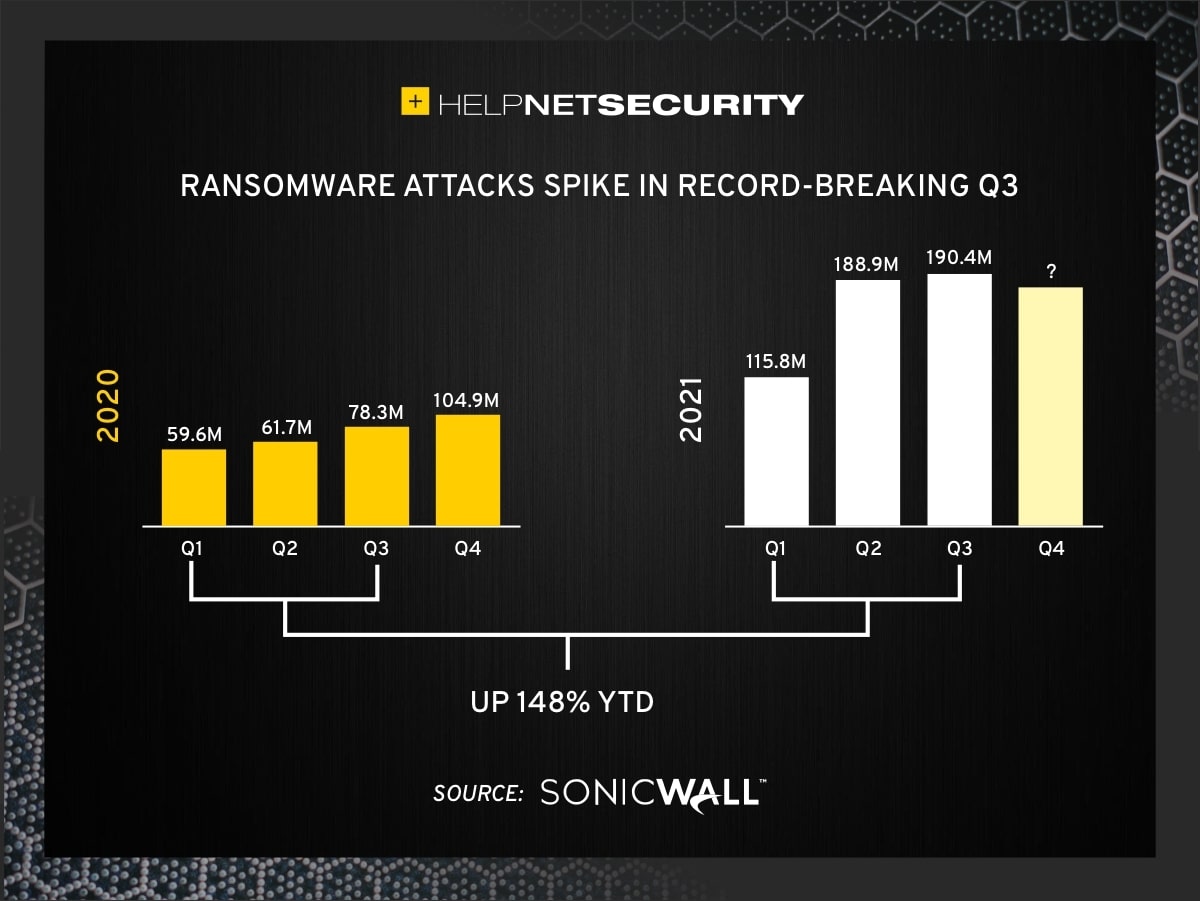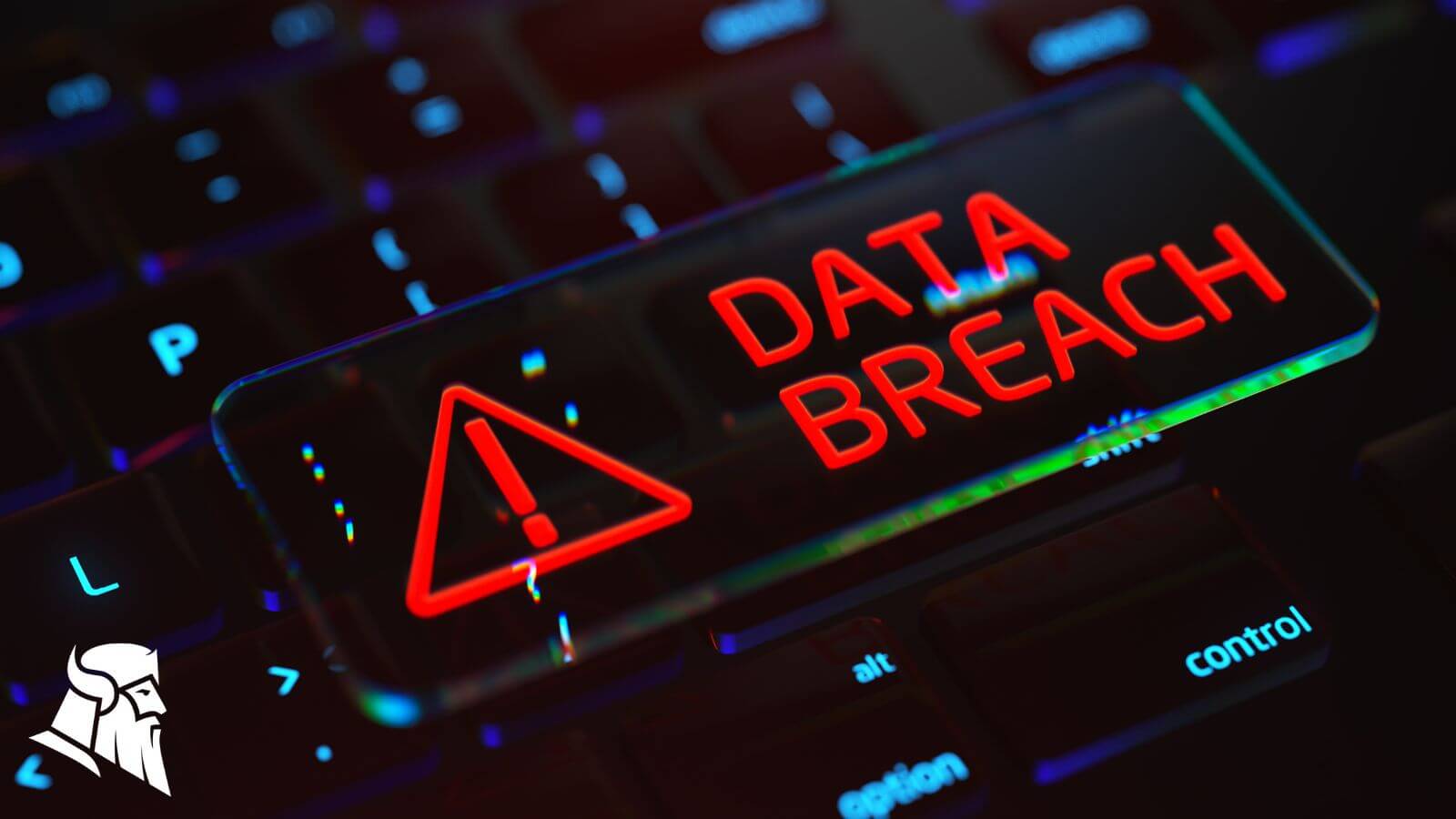Silent Infiltration: How Threat Actors Abuse RMM Tools for Initial Access

Silent Infiltration: How Threat Actors Abuse RMM Tools for Initial Access
In today's evolving threat landscape, cybercriminals are constantly seeking new ways to infiltrate organizations. One increasingly popular tactic involves abusing legitimate Remote Monitoring and Management (RMM) tools. These tools, designed to help IT professionals manage and maintain systems remotely, are now being weaponized by threat actors to gain silent initial access. Let's dive into how this works and what you can do to protect your organization.
What are RMM Tools and Why are They Targeted?
RMM tools are software solutions that allow IT administrators to monitor and manage endpoints, servers, and networks from a central location. They provide features like remote access, patch management, software deployment, and automated maintenance. Because RMM tools have extensive privileges and are often trusted within a network, they make attractive targets for attackers.
Think of it like this: RMM tools are the keys to the kingdom for IT admins. If a malicious actor can get their hands on those keys, they can move freely within your network, disable security controls, and deploy malware without raising suspicion.
How Threat Actors Embed Malicious RMM Tools
Threat actors are using various techniques to embed malicious RMM tools, including:
- PDF Embedding: One common method involves embedding legitimate RMM installers within PDF documents. When a user opens the PDF, the RMM tool is silently installed in the background.
- Email Delivery: Attackers are sending phishing emails containing malicious attachments or links that lead to the download of compromised RMM software.
- Compromised Software Downloads: Threat actors may also distribute malicious RMM tools through fake software download sites or by compromising legitimate software vendors.
The Impact of RMM Tool Abuse
Once a threat actor gains access through a malicious RMM tool, they can:
- Disable Security Controls: Turn off antivirus software, firewalls, and other security measures.
- Escalate Privileges: Gain administrative rights to further compromise systems.
- Deploy Malware: Install ransomware, spyware, or other malicious software.
- Steal Data: Exfiltrate sensitive information from your network.
- Maintain Persistence: Ensure they can regain access even after the initial compromise is detected.
Protecting Your Organization
So, what can you do to protect your organization from this threat?
- Implement Application Control: Restrict the execution of unauthorized software on your endpoints.
- Monitor RMM Tool Usage: Keep a close eye on how RMM tools are being used within your network. Look for unusual activity or unauthorized access.
- Educate Employees: Train your employees to recognize and avoid phishing emails and suspicious attachments.
- Use Multi-Factor Authentication (MFA): Enable MFA for all critical systems and accounts, including RMM tools.
- Keep Software Up to Date: Regularly patch and update your operating systems, applications, and security software.
- Employ Endpoint Detection and Response (EDR) Solutions: EDR tools can help detect and respond to malicious activity on your endpoints.
Key Takeaways
The abuse of RMM tools by threat actors is a serious and growing threat. By understanding the techniques used by attackers and implementing the recommended security measures, you can significantly reduce your risk of falling victim to these types of attacks. Stay vigilant, stay informed, and prioritize your cybersecurity defenses.
References
- Threat Actors Use Malicious RMM Tools for Stealthy Initial ...
- Threat Actors Leverage Rogue RMM Tools to Silently Infiltrate ...
- Threat Actors Embed Malicious RMM Tools to Gain Silent ...
- Email-Delivered RMM: Abusing PDFs for Silent Initial Access
- RMM Tools Weaponized: Stealthy Campaign Embeds Legitimate ...
- Scattered Spider - CISA
- Feature Image: How to Choose the Right RMM Tools for Your Organization





